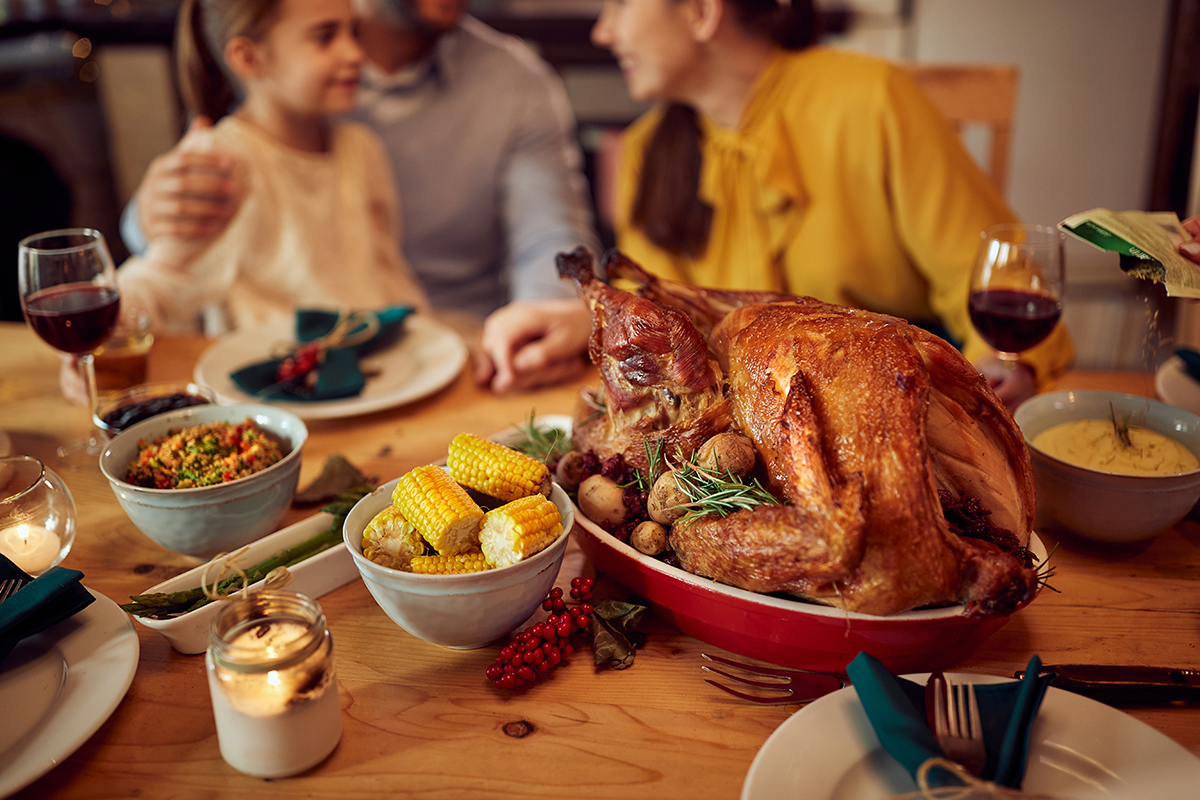As the country prepares for Thanksgiving and the holiday season, farmers, grocers and business owners gathered Nov. 25 for a press call to share firsthand how tariffs are impacting their operations, raising costs and hurting American families.
During the call, speakers from Kansas Farmers Union, North Carolina-based Red Scout Farm and Royal Food warned that steep tariffs are compounding already-high production costs, raising prices on vegetables, fruits, grains and meats that anchor the holiday table. Tariffs of 10% to 50% on nearly all imports are pushing costs higher for everyone from small vegetable farms to school districts and food banks, with the average tariff rate now topping 16.8%, the highest since 1935.
For diversified vegetable farms, the impact begins long before produce reaches the grocery store.
At Red Scout Farm in western North Carolina, owner Mary Carol Dodd says her operation depends heavily on inputs imported from Canada, Mexico and China — everything from greenhouse materials to insect netting and the produce bags used for CSA boxes. She says those increases translate directly into retail produce prices.
“When the price of everything it takes to grow vegetables goes up, from soil to tools to fertilizer, packaging, transportation, then the vegetables on the holiday table go up as well,” Dodd says.
“For a small, diversified farm like us, those costs add up quickly. Our profit margins are already very thin, so every increase means tough choices. So either we raise the price for customers or cut costs elsewhere, and that often could be at the expense of fair pay for workers.”
To keep her small farm afloat, she has already increased prices on collard greens and kale by 50%, while her mixed-lettuce bags have risen 50 cents. Even modest changes in price, she says, land directly on families’ grocery bills.
“For farmers, every new cost and every layer of uncertainty make it harder to keep going,” Dodd says. “We should be making it easier for family farms to survive, not harder, especially heading into a season when families rely on affordable fresh produce.”
While produce growers face higher input costs, grain farmers say tariffs create a two-sided squeeze: raising the cost of what they need to grow crops, while lowering the price they receive for selling them.
“When you put tariffs on things, all that does is raise the price on the things that farmers need, and it lowers the price of the things that farmers sell,” says Nick Levendofsky, executive director of the Kansas Farmers Union.
Grains like wheat, corn and soybeans have an enormous downstream impact on holiday food costs, Levendofsky says:
- Wheat underpins rolls, pie crusts and stuffing.
- Corn and soybeans feed turkeys and livestock, raising the price of meat.
- Fertilizer and fuel used to grow potatoes and green beans have spiked, affecting staples such as mashed potatoes and casseroles.
Levendofsky says every year, right before Thanksgiving, the National Farmers Union puts out the farmers’ share of the retail food dollar for the Thanksgiving meal. Levendofsky says it shows that farmers receive only pennies on the retail dollar for many iconic Thanksgiving foods. A 12-ounce bag of cranberries priced at $2.99 nets the farmer 18 cents, while a $4.49 package of dinner rolls returns only 9 cents to the wheat grower. A 12-ounce bag of green beans for $2.49 gets the farmer 62 cents; a $6.99 bag of Russet potatoes gets the farmer just 94 cents. For a 2-pound boneless ham priced at $12.98, the farmer gets just $1.58; farmers receive just 6 cents per pound for a turkey that sells for $2.49 at retail, Levendofsky says.
“Every added cost in the supply chain eventually shows up at the checkout line,” he says. “Tariffs stack up on top of already high input costs, and families end up paying more for the same ingredients they bought last year.”
The ripple effect of tariffs reaches beyond grocery stores.
For Colin Tuthill, president of Royal Food Corporation, which supplies supermarket chains, restaurants, hospitals, prisons and half of the Feeding America food banks, tariffs are creating impossible choices for organizations already stretched thin.
“Placing a tariff or a tax on any kind of food item makes absolutely no sense to me,” Tuthill says. “We’re raising the price of food for the most in need.”
Because food banks and school districts operate on fixed budgets, higher costs force them to buy less, choose cheaper and less nutritious alternatives or reduce portion sizes, Tuthill says. Hospitals and prisons face similar constraints.
“What we’re talking about is fewer items being sold to food banks, smaller portions in school cafeterias, lower-quality products and higher grocery prices for families shopping for their Thanksgiving meal,” Tuthill says.
Across farms, grain elevators, distribution centers and emergency food networks, the message is consistent: Tariffs are driving up costs for nearly every food on the Thanksgiving table, from fresh produce, such as greens, potatoes, green beans and salad mixes, to meats, dairy and dry goods.
As Dodd put it, small farms keep communities fed, especially during disruptions — from pandemics to hurricanes — but they need stability to survive.
“We need stability and fairness, not more uncertainty that threatens the people working hardest to feed their neighbors,” Dodd says.
For families preparing holiday meals, the stakes are high. For the growers and suppliers who sustain the U.S. food system, these representatives say they’re even higher.
Your Next Read: Thanksgiving Turkey Dinner Costs Dip By 5%










